International
The death toll from Israel’s attacks in Lebanon exceeds 2,000
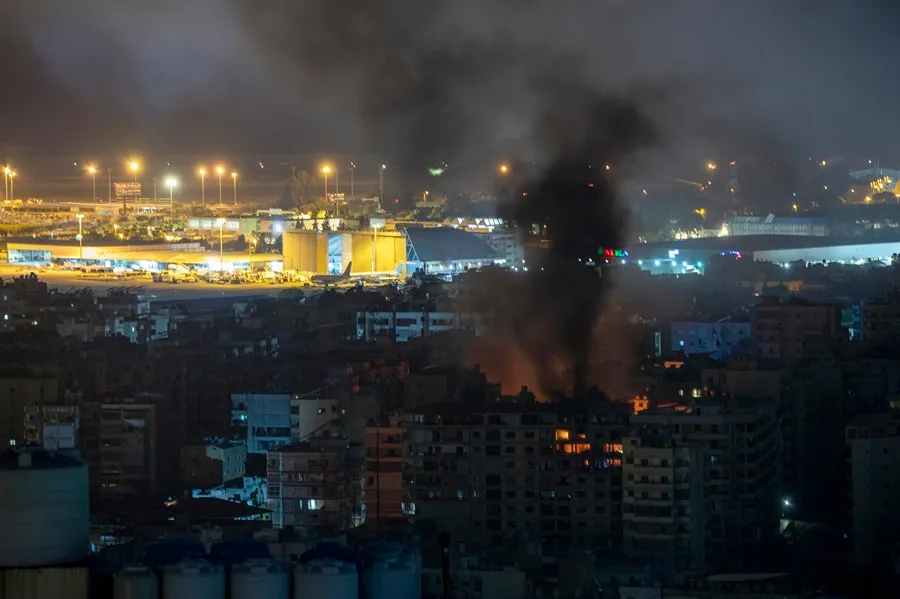
More than 2,000 people have died and more than 9,500 have been injured by the attacks that Israel has launched against different parts of Lebanon in almost a year, although the vast majority of the victims have occurred in about two weeks after the start of the massive campaign of Israeli bombings.
According to a report by the Presidency of the Council of Ministers published on Friday, the number of victims increased after Israel launched a total of 153 attacks against different parts of Lebanon, mainly in the south, east and southern suburbs of Beirut known as the Dahye.
Israel intensifies its bombings against Beirut
In the early hours of Friday, Israel bombed several targets in the southern suburbs of Beirut, where the intensity of the attacks caused the collapse of several buildings.
One of those targets, according to the Hebrew press, has been the candidate for leader of the Shiite group Hezbulá, Hashem Safi al Din.
The newspaper ‘The Times of Israel’ assured that the Israeli aviation intended to end the life of the clergyman, probable successor to the top leader of Hezbullah, Hassan Nasrala, who died a week ago in another Israeli bombing in Beirut.
Meanwhile, the Israeli newspaper ‘Haaretz’, specified that among the targets of this morning’s attacks was again a bunker in Hizbulá used by senior officials.
According to the state media, the Israeli aviation used vacuum and anti-bunker bombs during the campaign, and also reached other points on the outskirts of Beirut outside the Dahye.
Several collapsed buildings
The strong wave of bombings, which resounded throughout the capital, caused the collapse of a police station, a supermarket and other buildings on the outskirts of the capital’s Dahye, an important stronghold of Hezbulah, reported the National News Agency of Lebanon (ANN).
Israel and Hezbullah have been facing each other since the beginning of the war in the Gaza Strip in October 2023, but violence increased to an unprecedented level about ten days ago, when Israeli forces began a massive bombing campaign that has devastated towns and entire towns.
In this context, for a week, the Dahye has been the target of intense waves of air strikes almost daily.
International
Maduro, Delcy Rodríguez sued in Florida over alleged kidnapping, torture and terrorism

U.S. citizens have revived a lawsuit in Miami against Venezuelan President Nicolás Maduro following his capture, as well as against Vice President and now acting leader Delcy Rodríguez and other senior Chavista officials, whom they accuse of kidnapping, torture, and terrorism.
The plaintiffs — including U.S. citizens who were kidnapped in Venezuela and two minors — filed a motion over the weekend before the U.S. District Court for the Southern District of Florida asking the court to declare the defendants in default for failing to respond to the lawsuit initially filed on August 14, 2025, according to court documents made public on Monday.
The case, assigned to Judge Darrin P. Gayles, accuses the Venezuelan leaders of violating the U.S. Anti-Terrorism Act (ATA), the Florida Anti-Terrorism Act, and the Racketeer Influenced and Corrupt Organizations Act (RICO).
In addition to Maduro and Rodríguez, the lawsuit names Venezuelan Defense Minister Vladimir Padrino López; Attorney General Tarek William Saab; Interior Minister Diosdado Cabello; former Supreme Court Chief Justice Maikel Moreno; and National Assembly President Jorge Rodríguez.
The complaint also lists the state-owned oil company Petróleos de Venezuela (PDVSA) and former Electricity Minister Néstor Reverol as defendants.
According to the filing, Maduro “committed flagrant acts of terrorism against U.S. citizens,” citing the criminal case in New York in which Maduro and his wife, Cilia Flores, appeared in court for the first time on Monday following their arrest on Saturday.
The lawsuit claims that the plaintiffs “were held captive by Maduro” with “illegal material support” from the other defendants, whom it identifies as members of the Cartel of the Suns, a group designated by the United States as a terrorist organization last year.
International
U.S. faces worst flu season in decades as new strain spreads nationwide

The flu continues to take a heavy toll across the United States, with all but four states reporting high or very high levels of activity as a new viral strain known as subclade K continues to spread.
According to another key indicator — doctor visits for fever accompanied by cough or sore throat, common flu symptoms — the U.S. is experiencing its highest level of respiratory illness since at least the 1997–98 flu season, based on data released Monday by the Centers for Disease Control and Prevention (CDC).
“This is definitely a standout year,” said Dr. Caitlin Rivers, an epidemiologist and senior scholar at the Johns Hopkins Center for Health Security. “It’s the worst we’ve seen in at least 20 years. Most of the country is experiencing very high levels of activity, and we are still near the peak.”
Rivers noted that it is unusual to see such a severe flu season following another poor season the previous year, as intense seasons typically do not occur back to back.
Nationwide, approximately 8.2% of doctor visits during the final week of the year were for flu-like symptoms. At the same point last season — which was also severe — that figure stood at 6.7%.
In Massachusetts, where flu activity is reported as very high, health officials urged residents to get vaccinated.
“This is a moment for clarity, urgency, and action,” said Dr. Robbie Goldstein, Commissioner of Public Health, in a press release. “These viruses are serious, dangerous, and potentially deadly. We are seeing critically ill children, families grieving devastating losses, and hospitals under strain due to capacity.”
International
U.S. Energy Secretary to meet oil executives on reviving Venezuela’s crude industry
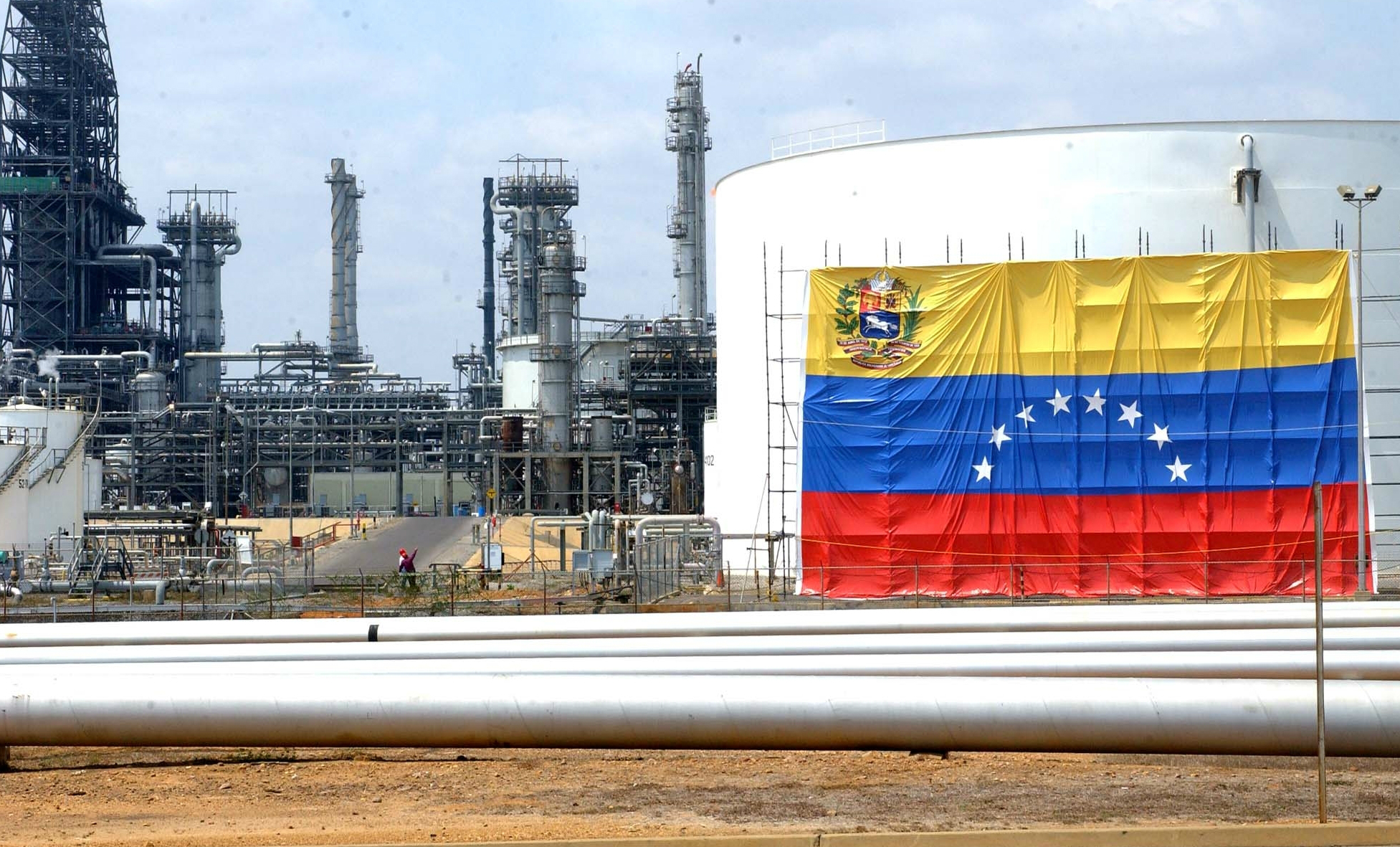
U.S. Secretary of Energy Chris Wright is set to meet this week with executives from the American oil industry to discuss how to revive Venezuela’s crude oil sector, according to multiple media reports.
The meeting will take place on the sidelines of an energy conference organized by investment banking group Goldman Sachs in Miami.
Senior executives from major U.S. oil companies, including Chevron and ConocoPhillips, are expected to attend the symposium.
Venezuela holds the world’s largest proven oil reserves, estimated at 300 to 303 billion barrels, representing roughly one-fifth of known global reserves.
Following the controversial operation carried out on Saturday to detain Venezuelan President Nicolás Maduro, U.S. President Donald Trump has placed renewed emphasis on control over and exploitation of Venezuela’s vast oil resources.
-

 International4 days ago
International4 days agoMissile attack hits Kharkiv homes, leaving 13 wounded
-

 International22 hours ago
International22 hours agoU.S. faces worst flu season in decades as new strain spreads nationwide
-

 Central America1 day ago
Central America1 day agoEl Salvador reports safest year in its history, security cabinet says
-

 International4 days ago
International4 days agoCanada’s prime minister Mark Carney to join Ukraine peace talks in Paris
-

 International3 days ago
International3 days agoTrump signals possible expansion of U.S. regional policy beyond Venezuela
-
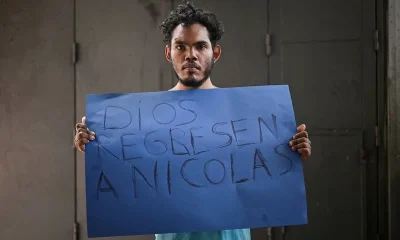
 International3 days ago
International3 days agoWorld leaders react to U.S. attacks on Venezuela, sparking global divide
-

 International1 day ago
International1 day agoDelcy Rodríguez, key figure in U.S.-Venezuela transition, remains under EU sanctions
-

 International2 days ago
International2 days agoMarco Rubio warns Cuba could be Trump administration’s next target
-

 International22 hours ago
International22 hours agoMaduro, Delcy Rodríguez sued in Florida over alleged kidnapping, torture and terrorism
-
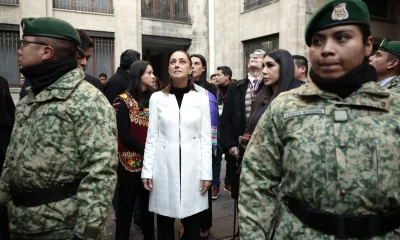
 International4 days ago
International4 days agoSheinbaum evacuates National Palace after 6.5-magnitude earthquake hits Southern Mexico
-

 International1 day ago
International1 day agoChina urges immediate release of Maduro, seeks emergency UN security council meeting
-
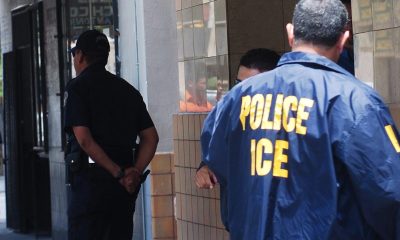
 International22 hours ago
International22 hours agoFlorida’s ‘Tidal Wave’ operation detains 10,400 migrants in largest ICE joint effort
-
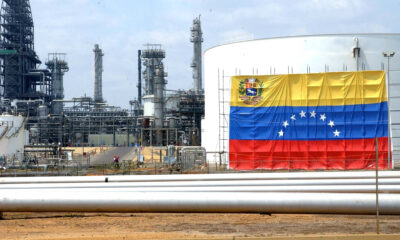
 International22 hours ago
International22 hours agoU.S. Energy Secretary to meet oil executives on reviving Venezuela’s crude industry
-

 International22 hours ago
International22 hours agoColombia to maintain anti-drug cooperation with U.S. after Trump remarks
-
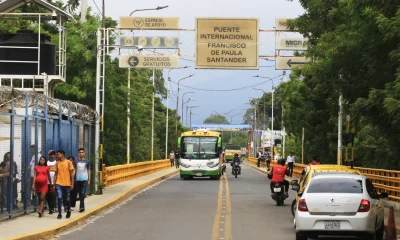
 International23 hours ago
International23 hours agoColombia says border with Venezuela remains calm after U.S. arrest of Maduro
























